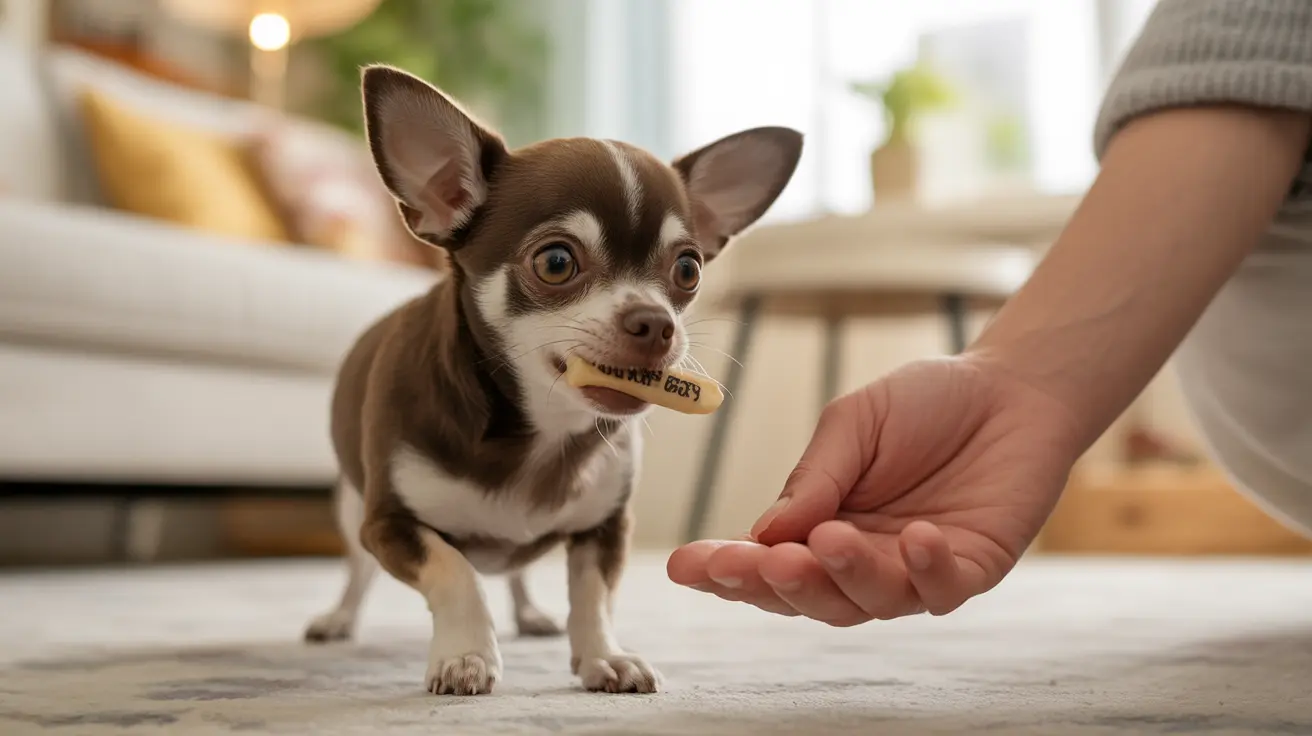Living with a skittish dog can be both challenging and heartbreaking. Whether your furry friend cowers at sudden noises, trembles around strangers, or shows anxiety in new environments, helping them overcome their fears requires patience, understanding, and the right approach. This comprehensive guide will help you understand why dogs become skittish and provide effective strategies to build their confidence.
Understanding Skittish Dog Behavior
A skittish dog typically displays various signs of fear and anxiety, including trembling, tucking their tail, flattening their ears, and avoiding eye contact. These behaviors often stem from several common causes:
- Lack of early socialization
- Past traumatic experiences
- Genetic predisposition
- Medical issues
- Negative training experiences
Understanding the root cause of your dog's skittish behavior is crucial for developing an effective training plan. Each dog's fear triggers and anxiety levels are unique, requiring a personalized approach to build confidence.
Creating a Safe Environment
The foundation of helping a skittish dog is establishing a secure, predictable environment. Your home should be a sanctuary where your dog feels protected and comfortable. Consider these essential steps:
- Designate a quiet "safe space" where your dog can retreat
- Maintain consistent daily routines
- Minimize exposure to known triggers
- Use calming aids like classical music or pheromone diffusers
- Keep the environment predictable and organized
Effective Training Techniques
Training a skittish dog requires gentle, positive methods that build trust and confidence. Never force your dog into frightening situations or use punishment-based training methods, as these can worsen their fears. Instead, focus on:
Positive Reinforcement
Reward calm, confident behaviors with high-value treats, praise, and gentle attention. This helps your dog associate positive experiences with previously frightening situations.
Desensitization
Gradually expose your dog to fear triggers at a distance where they remain comfortable. Slowly decrease this distance as their confidence grows, always working at their pace.
Counter-conditioning
Pair scary situations with positive experiences to change your dog's emotional response. For example, offer treats when a stranger passes by at a safe distance.
Building Trust and Confidence
Helping your skittish dog gain confidence is a gradual process that requires consistency and patience. Focus on:
- Letting your dog set the pace
- Celebrating small victories
- Maintaining a calm, positive demeanor
- Using gentle handling techniques
- Providing mental enrichment activities
When to Seek Professional Help
Some skittish dogs benefit from professional intervention, especially if their fear significantly impacts their quality of life. Consider consulting:
- A veterinarian to rule out medical issues
- A certified positive reinforcement trainer
- A veterinary behaviorist for severe cases
Frequently Asked Questions
What are common signs that my dog is skittish or fearful?
Common signs include trembling, tucking the tail, flattening ears, excessive panting, hiding, avoiding eye contact, and showing defensive behaviors like growling or backing away from perceived threats.
How can I safely build trust with a skittish dog without causing more anxiety?
Build trust by allowing the dog to approach you on their terms, using positive reinforcement, maintaining consistent routines, and avoiding forced interactions. Always respect their space and comfort levels.
What training methods are most effective to help a skittish dog become more confident?
The most effective methods include positive reinforcement, desensitization, and counter-conditioning. Avoid punishment-based methods as they can increase fear and anxiety.
How do I identify and manage the triggers that cause my dog to be skittish?
Keep a journal of situations that trigger fearful responses, noting your dog's specific reactions. Once identified, manage these triggers by controlling exposure and gradually desensitizing your dog using positive training techniques.
When should I seek professional help for my dog's skittish or fearful behavior?
Seek professional help if your dog's fear significantly impacts their quality of life, if they show aggressive behaviors, or if you're not seeing improvement with home training methods. Always start with a veterinary check-up to rule out medical causes.
Conclusion
Working with a skittish dog requires patience, understanding, and commitment. While progress may be slow, consistent positive training and trust-building can help your fearful friend become more confident and relaxed. Remember that every small step forward is a victory worth celebrating, and with time and dedication, most skittish dogs can learn to navigate the world with greater confidence.






